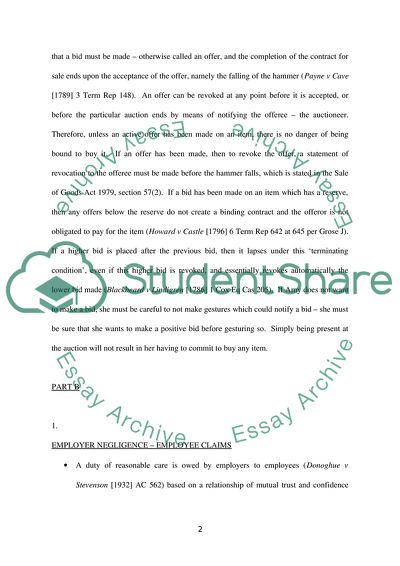Cite this document
(Analysis of Business Law Cases and Employer Negligence Assignment, n.d.)
Analysis of Business Law Cases and Employer Negligence Assignment. Retrieved from https://studentshare.org/law/1733283-business-law
Analysis of Business Law Cases and Employer Negligence Assignment. Retrieved from https://studentshare.org/law/1733283-business-law
(Analysis of Business Law Cases and Employer Negligence Assignment)
Analysis of Business Law Cases and Employer Negligence Assignment. https://studentshare.org/law/1733283-business-law.
Analysis of Business Law Cases and Employer Negligence Assignment. https://studentshare.org/law/1733283-business-law.
“Analysis of Business Law Cases and Employer Negligence Assignment”, n.d. https://studentshare.org/law/1733283-business-law.


